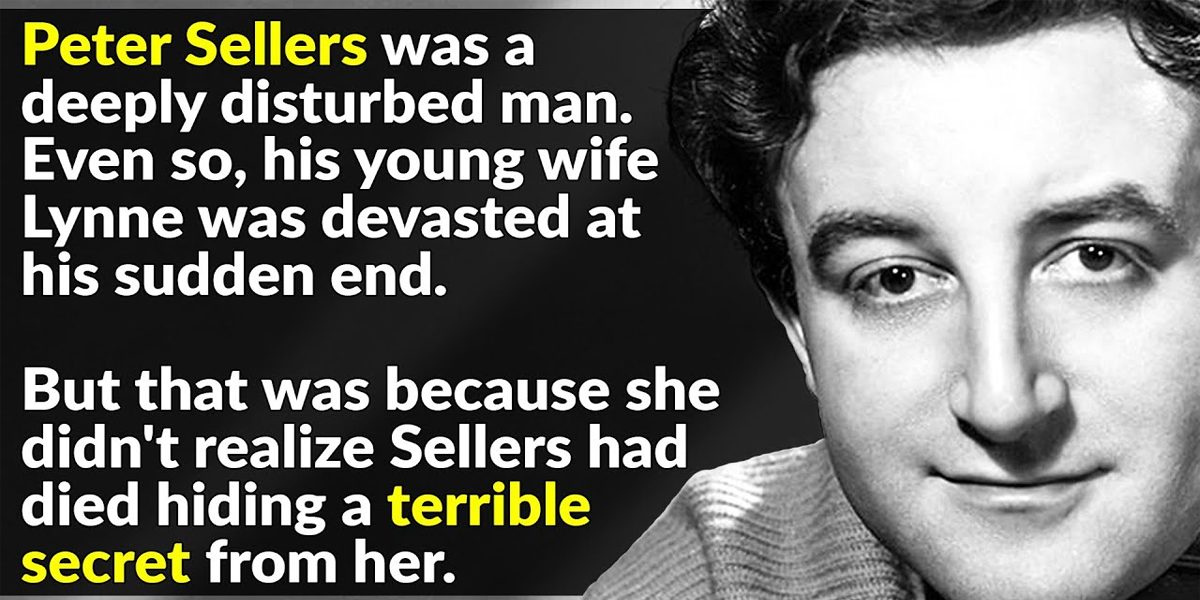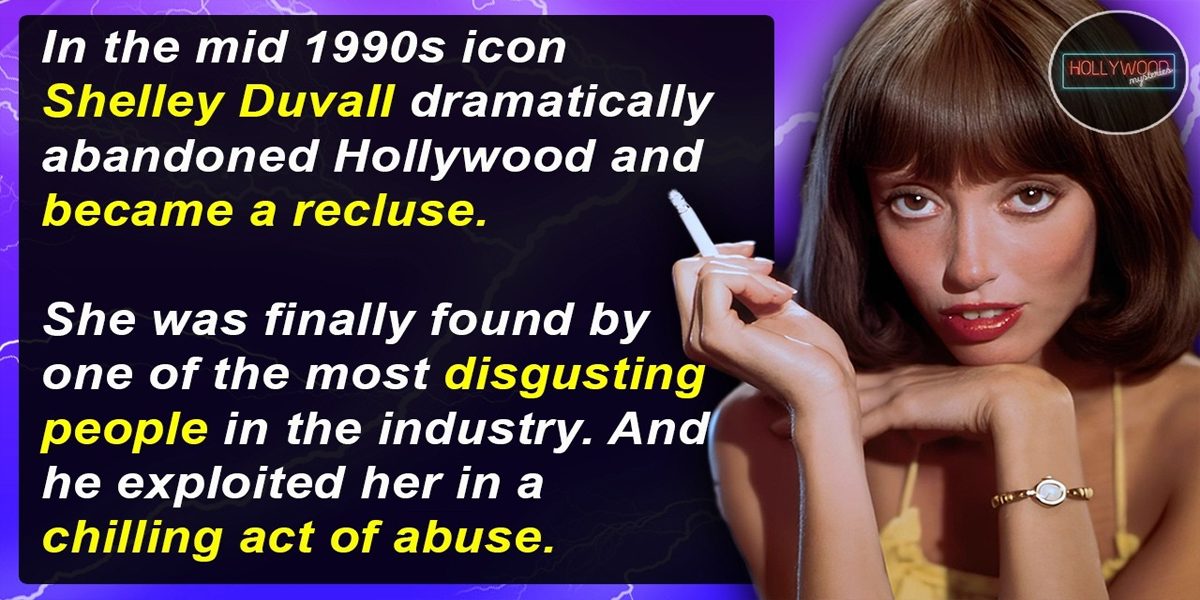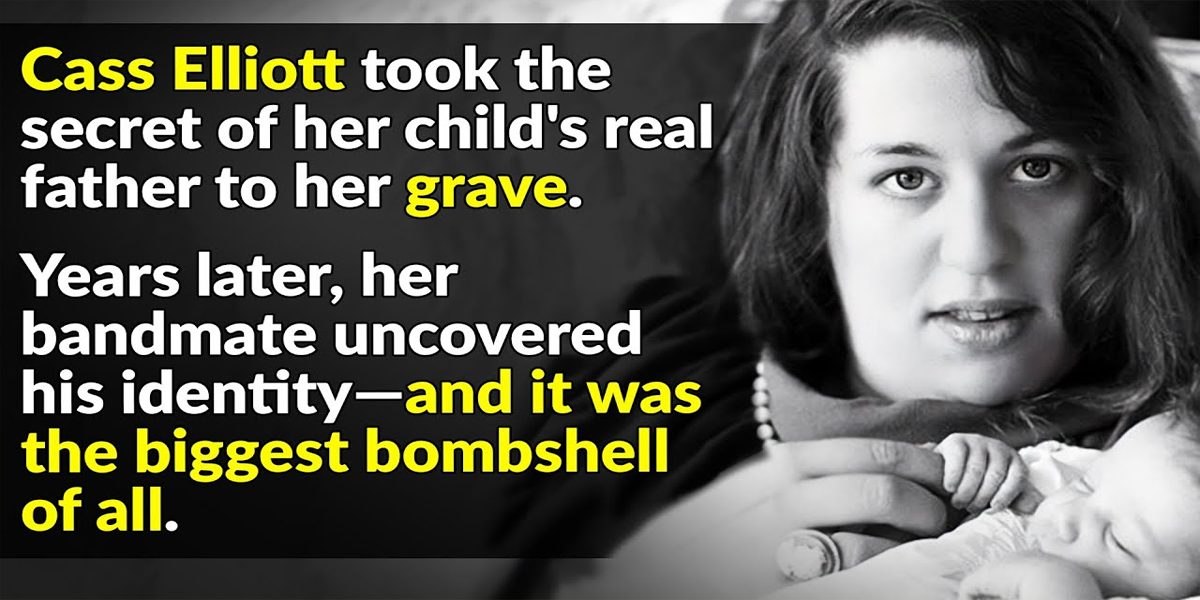The first unofficial news bulletin of Japan”s surrender in World War II came by radio at 2:30 a.m. local time on Aug. 14., 1945. Downtown that morning, office workers filled the air and streets with paperwork from their desks. Teenagers snake-danced down Olive Street. Adults banged washboards and dragged strings of clanging cans across pavement. At 5 p.m., when President Harry Truman confirmed the surrender, the party leaped into overdrive.
 |
| Jubilant St. Louisans charge through piles of paper on Olive Street downtown on the morning of August 14, 1945, the day Japan surrendered to end World War II. Unofficial reports of the surrender were broadcast over St. Louis radio stations about 2:30 a.m., and people who bothered to go to work that morning threw reams of paper out the windows of their office buildings. President Harry Truman confirmed the surrender at 5 p.m. central time. The United States had been fighting in World War II for three years and nine months. |
 |
| A woman toots the paper horn she bought from one of the many street vendors who appeared downtown on V-J Day. |
 |
| Led by Rabbi Ferdinand Isserman, worshippers gather in prayer at Temple Israel, 5017 Washington Avenue, on the evening of V-J Day. |
 |
| Part of the impromptu parade down Washington Avenue at 12th (Tucker) Boulevard on the evening of V-J Day. |
 |
| The beer was free to all at 5228 Wilson Street, home of Sgt. Ernest Pedroli, who had survived the war. His happy family tapped two kegs in front of their house, and celebrants showed up with their beer pails. |
 |
| Monsignor Nicholas W. Brinkman, rector of the St. Louis (new) Cathedral at 4431 Lindell Boulevard, leads prayers of thanksgiving in the cathedral’s Chapel of the Blessed Mother. More than 1,000 lighted votive candles were placed before the altar. |
 |
| Five young women pray in St. Francis Xavier (College) Church, Grand and Lindell boulevards, on the evening of the surrender. They are, from left, Jean DeRousse, Willo Rose Doza, Jewell DeRousse, Ada DeClue and Eloise Grogg. They all lived at 3959 Forest Park Boulevard. |
 |
| Worshippers entering and leaving St. Francis Xavier (College) Church, Grand and Lindell boulevards, at 11 a.m. on V-J Day. |
 |
| Another view of the V-J Day celebration around Soldier’s Memorial. |
 |
| Paper flies through the air on Olive Street east of Eighth Street downtown on the morning of V-J Day, Victory-Japan. |
 |
| A truck filled with revelers rolls down Edwards Street in the Hill neighborhood of St. Louis. |
 |
| A crowd gathers below a stuffed effigy of Hideki Tojo, who was prime minister of Japan at the time of the attack upon Pearl Harbor and for most of the war. The scene is outside Ruggeri’s restaurant and tavern, Edwards Street and Elizabeth Avenue. The owner, Henry Ruggeri, reopened after the first unofficial radio news reports of Japan’s surrender reached St. Louis about 2:30 a.m. |
 |
| Two women dance with a 𝑏𝑎𝑏𝑦 at Elizabeth Avenue and Edwards Street on the Hill that evening. |
 |
| Servicemen and downtown workers embrace and kiss on the streets of downtown as word of the surrender flashed through the nation. Soldiers at Jefferson Barracks were restricted to the base until President Harry Truman confirmed the surrender at 5 p.m. local time. Many of them headed straight downtown. |

 |
| Chinese Air Force cadets who were studying at Scott Field toast the victory over Japan at the Chungking Cafe, 1129 Locust Street. They had planned the gathering to toast the eighth anniversary of the Chinese Air Force, but had much more to celebrate on V-J Day. |
















